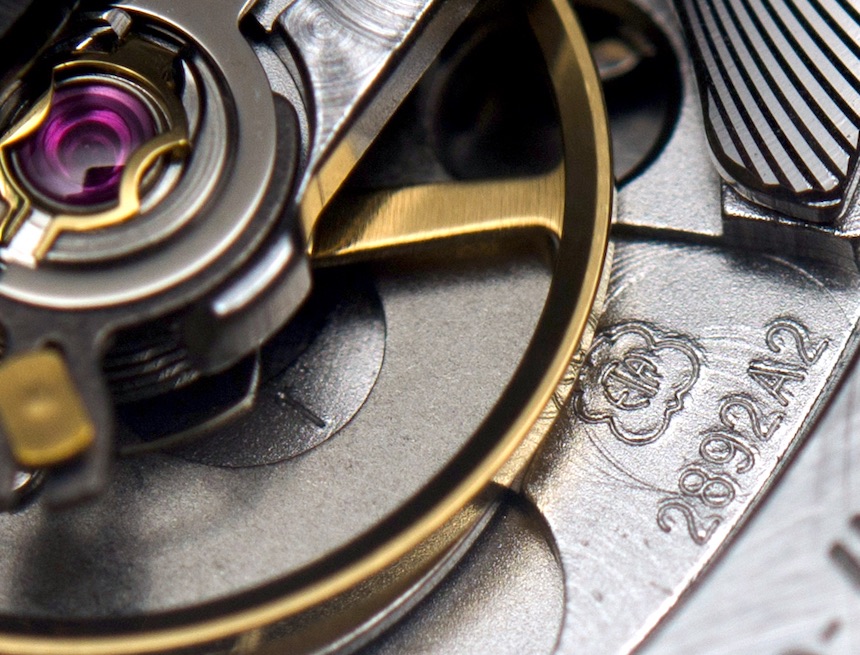
Watch Brands Seek Rich Parents
Faced with the proposition (or reality) of high operating costs many watch companies now intent on producing their own movements needed to quickly increase profits. One of the reasons that many brands chose to produce their own movements was so that they could retain their former glory of being a high-end brand. Remember that the alternative was to buy foreign movements (not really an option for a proud Swiss company) or purchase from a relatively new Swiss movement maker who is known for producing “clones” of “better” movements from the more “historically legitimate” ETA.
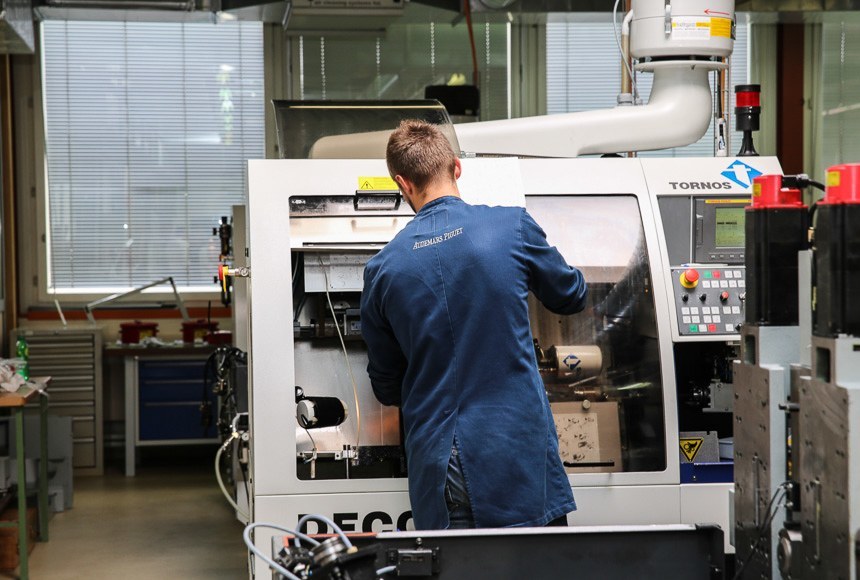
Faced with this question, many brands that once relied on ETA for movements decided it was in the best interest of the brand name to embolden their products with a new, even more luxurious image that would support the higher prices they would need to charge to help cover their now much higher operating expenses.
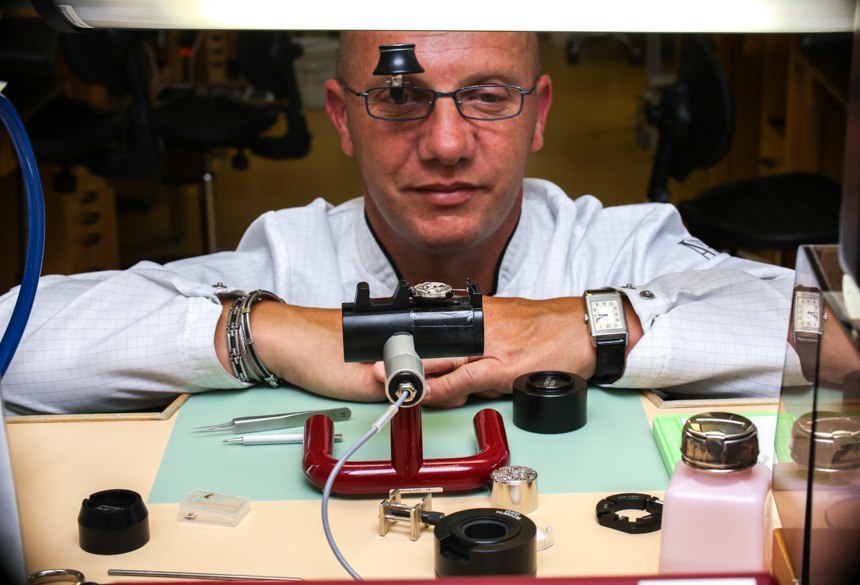
In order to fund the operation of producing movements, some watch brands chose to be part of a group. The four major groups that own most of the major Swiss watch brands are Swatch, Richemont, LVMH, and Kering. During the last two decades most of the groups made a lot of acquisitions. Part of this was because the brands themselves needed new fiscal backing in order to afford the costs of setting themselves up as manufacturers once again. Yes, this tactic was very redundant from an efficiency perspective. It would have made more sense, perhaps, for each of these groups to have their own version of ETA. Yet, the presumed allure of in-house-made movements was seen as so appealing and integral as part of a high-end luxury image that even among group brands the idea that each company produces its own movements was strongly emphasized.
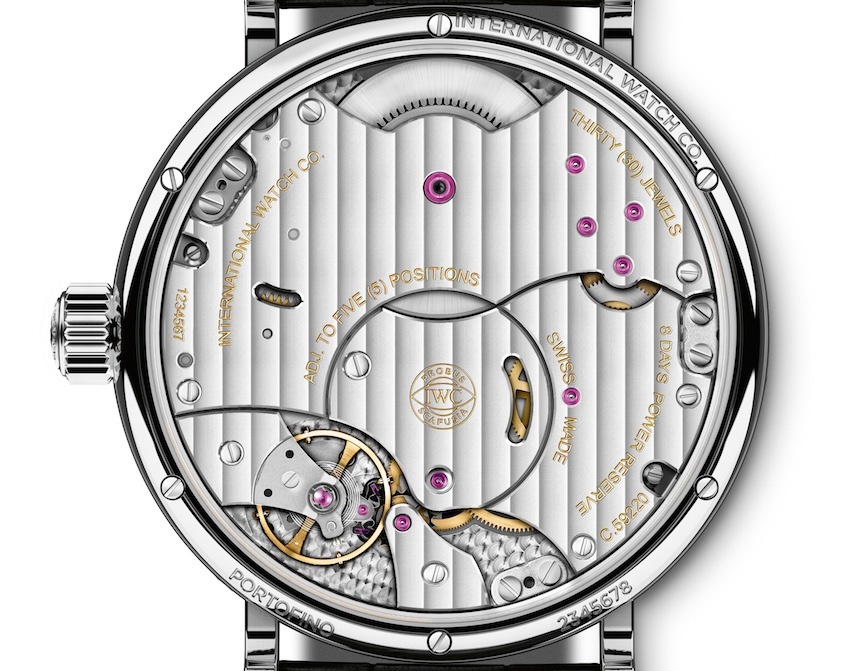
Of course, plenty of watch brands did not join groups over the last decade or so. Many that didn’t either sold to individual buyers or took out large loans in order to afford the costs of setting up watch movement-making capabilities. From the outside it appeared as though the mechanical watch industry was experiencing a new golden age, fueled by a global demand for luxury items, as well as a renewed interest in detailed objects of high craftsmanship value in an era of disposable, mass-produced technology and fashion. At least, that is what it looked like. To this day, I still see articles being published by those looking at the perceived size of the mechanical watch industry in awe that it still exists on such a scale. My implicit suggestion here is that looks can of course be deceiving.
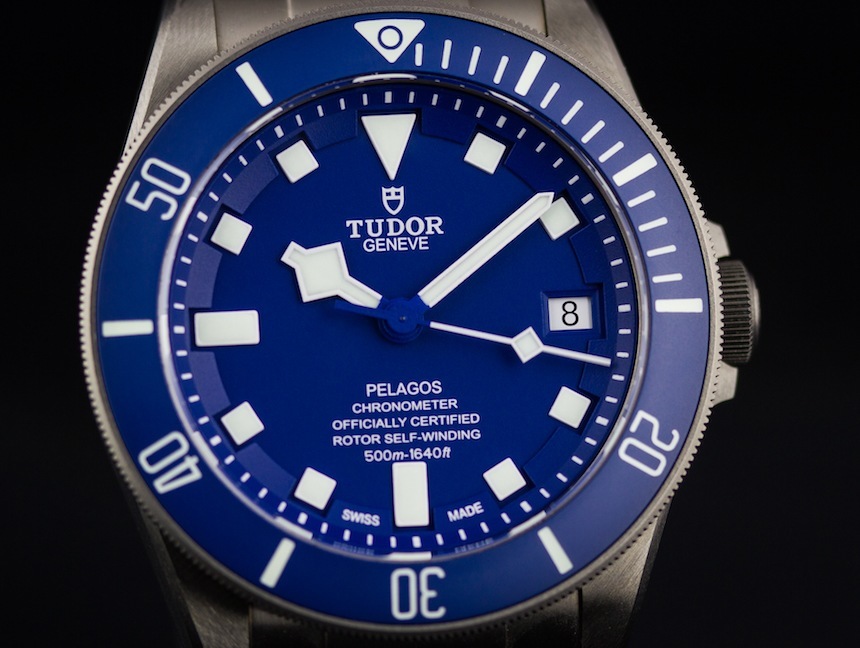
The result of many watch brands being owned or controlled by hungry new interests, was that profits needed to increase. Again, the most innocent of these reasons is the simple reality that costs increased due to the fact that watch brands were now so much larger. New employees, buildings, and machinery meant that operating and production costs were so much more than they used to be just a few years before. Combine that with the cost of Swiss labor, and you can imagine the profit-necessitating reality that most watch brands now found themselves in.
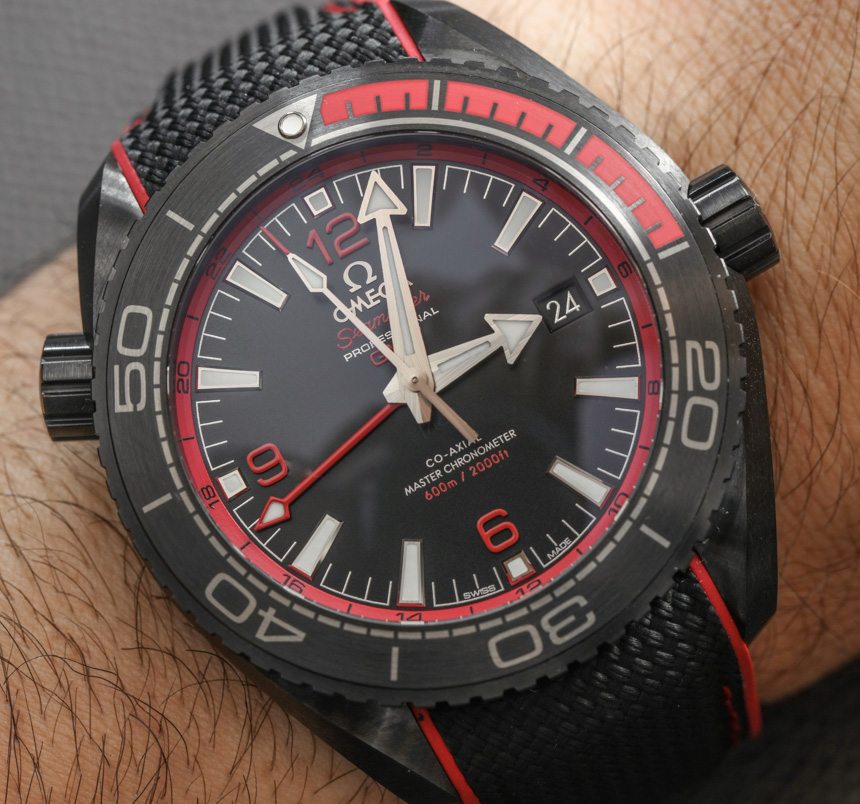
Rising Prices & Expectations
As I mentioned earlier, the result of having a factory to support is having a factory that needs to produce. Factory costs are directly paid for by the sale of the goods that the factory produces. The more goods that said factory can produce, the more money it can ideally make. This is the basic economic premise that now often existed at many Swiss watchmakers. Added to that was a new parent company or bank looking over your shoulder to make sure that their monetary interests are being taken into consideration. If you are a big luxury group and you purchase a watch company, it isn’t because you want it to remain small and slow.
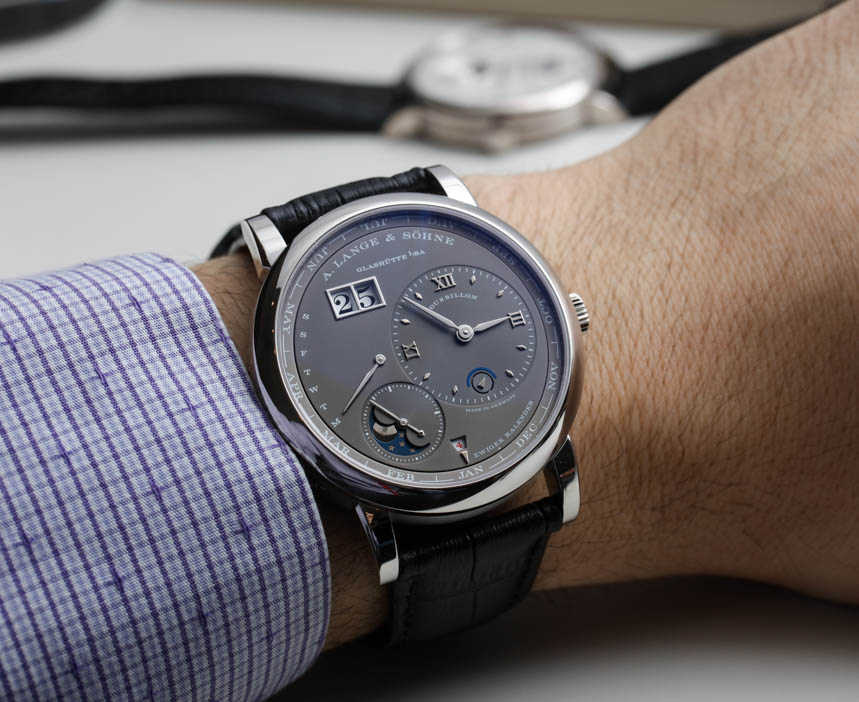
When a group buys a new brand it is doing so as an investment. That means if a company is purchased for $50 million, say, then the expectation is that such an investment is quickly recouped and dividends begin to flow in. What are the profit expectations of a $50 million company over a five year period? I would say at least $80-100 million. Moreover, consider the complexity and nuances of running a watch brand. My theory is that many watch brands marketed themselves as high-margin luxury brands as opposed to complex manufacturing entities. Further, it is my guess that investors were not clearly aware of the investments actually necessary for today’s luxury watch brands to have adequate success in charging the prices they needed to maintain revenues – first to cover operational expenses, and second to please investors.
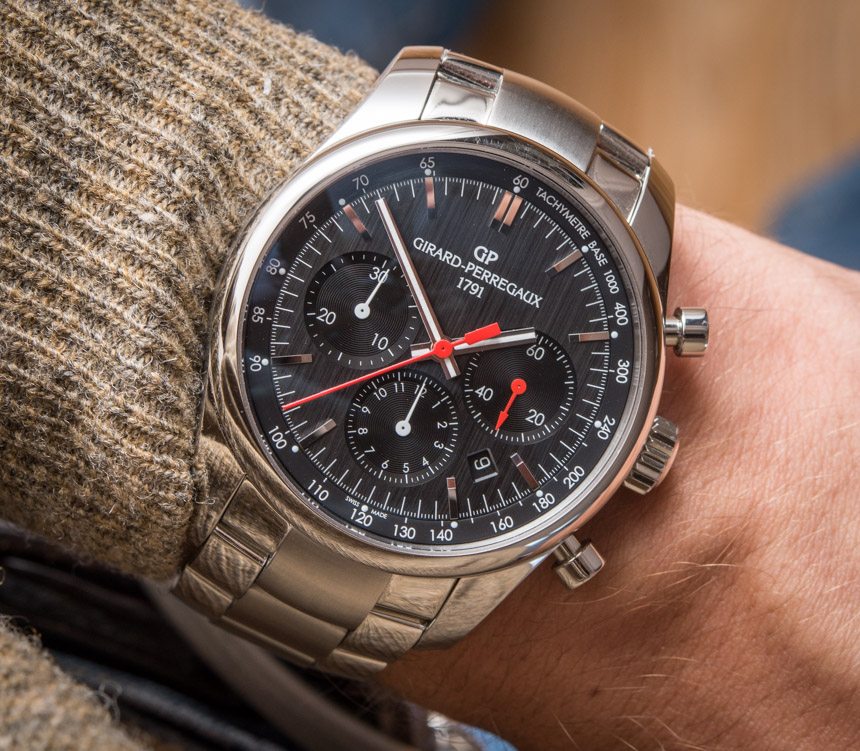
Groups who bought watch brands likely put unrealistically high profit expectations upon them, and further did not understand what was necessary to achieve the high prices per item that were needed to meet their goals. Two primary (and predictable) tactics were used to increase watch brand profits in recent years. First was simply to increase production. Producing more products leads to more desirable economies of scale and thus allows brands to increase profits after expenses. Many watch brands took this route, which of course meant that they needed to sell more product into the market place that consumers would eventually purchase.
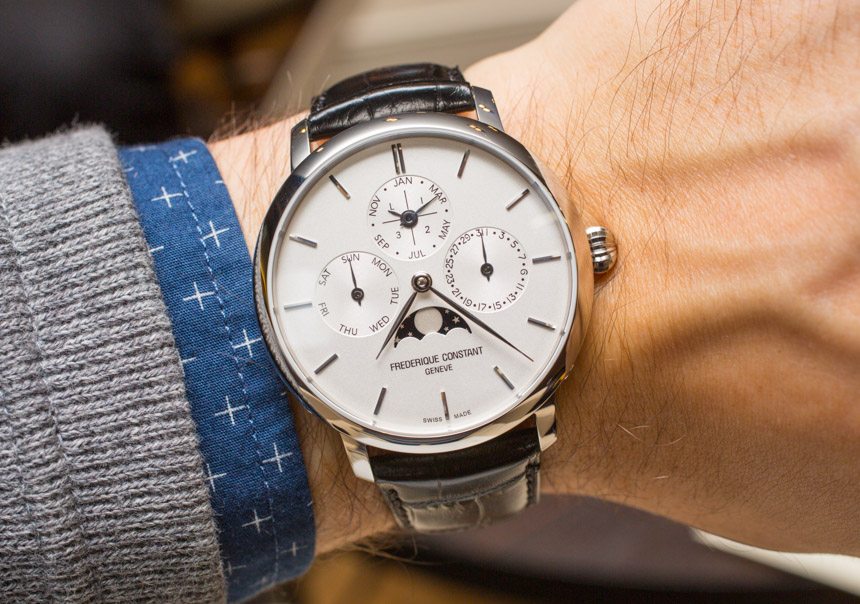
To a large degree, the watch industry produces watches in wholesale quantities which are then sold to distributors or retailers, and only afterward to the end consumer. The watches sold to retailers are at wholesale prices, and once sold in that way amount to the total profit a watch brand is going to see. It is true that many watch brands sell directly to the consumer, but today a significant portion of watch brand revenue comes from selling watches to retailers and not to the end consumer. More on this in a moment.
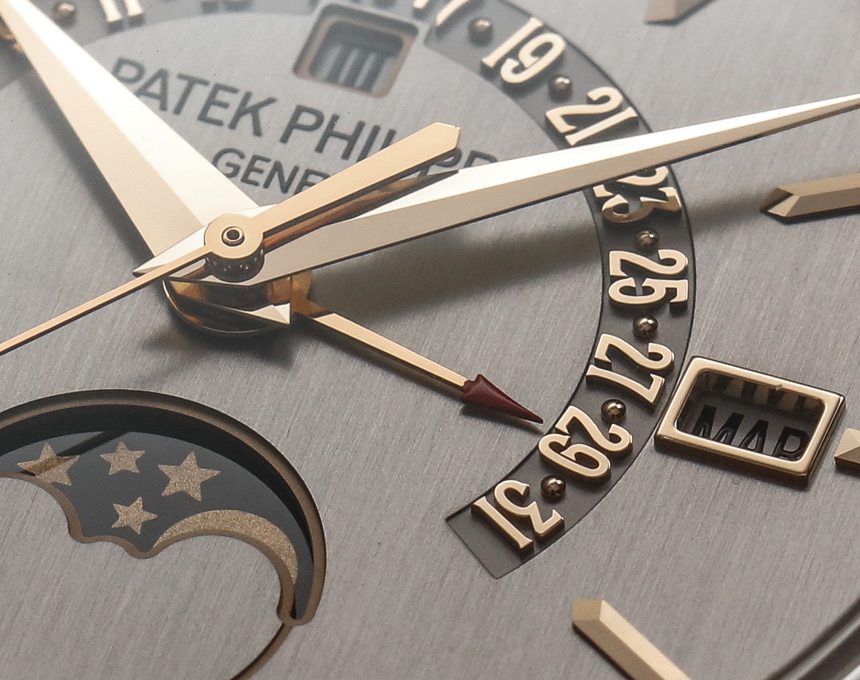
The second technique for increasing profits is simply to raise prices. Watch brands felt it was acceptable to raise prices for two reasons. First was that when they shifted from sourced to in-house movements they felt they could say that their “more serious” product was now more valuable. In some instances this was true, but often not in proportion to the price increases that consumers experienced. In any event, a very simple way for brands to meet increased revenue needs is to raise prices. aBlogtoWatch has written about this before, of course, but I’ll simply say here that the average price of a watch at many of the most popular mechanical watch makers has doubled or tripled in the last 10 to 15 years. Sometimes this is referred to as greed (and, in some instances, I am sure it is), but I suggest here that increased prices were a result of the very real situation that costs and profit needs vastly increased.
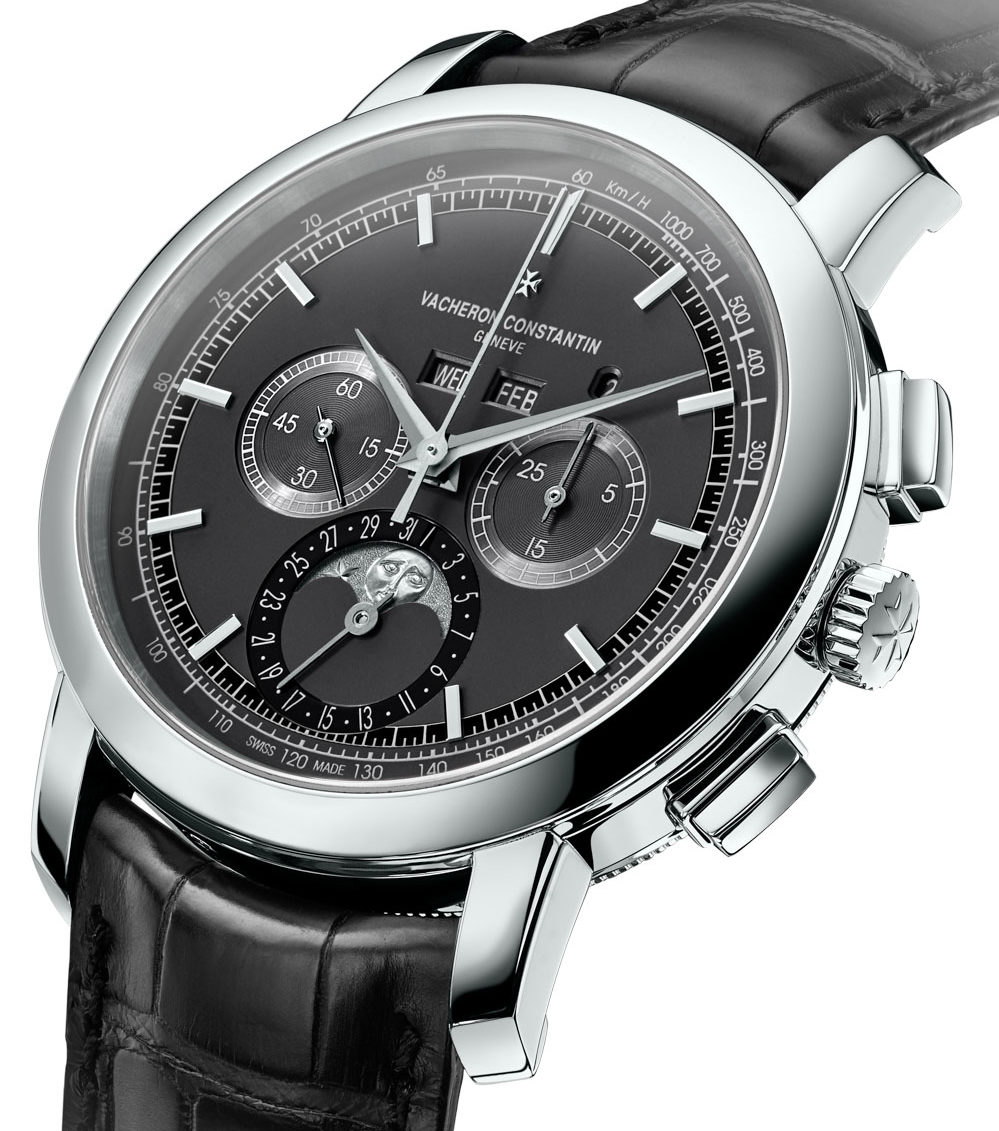
Alienation Of Traditional Consumers
There is a question that few people have seemed to ask, which is related to why watch brands felt the same consumers might all of a sudden be convinced to pay so much more money for the same products. Again, while mechanical watches were typically not cheap, most were not priced as luxury status symbols. In fact, most mechanical sport watches were priced as high-end precision tools for enthusiasts who demanded the best – and not for wealthy industrialists who needed to impress colleagues. While watch brands were increasing costs, few seemed to ask the question of whether customers still buy these products.
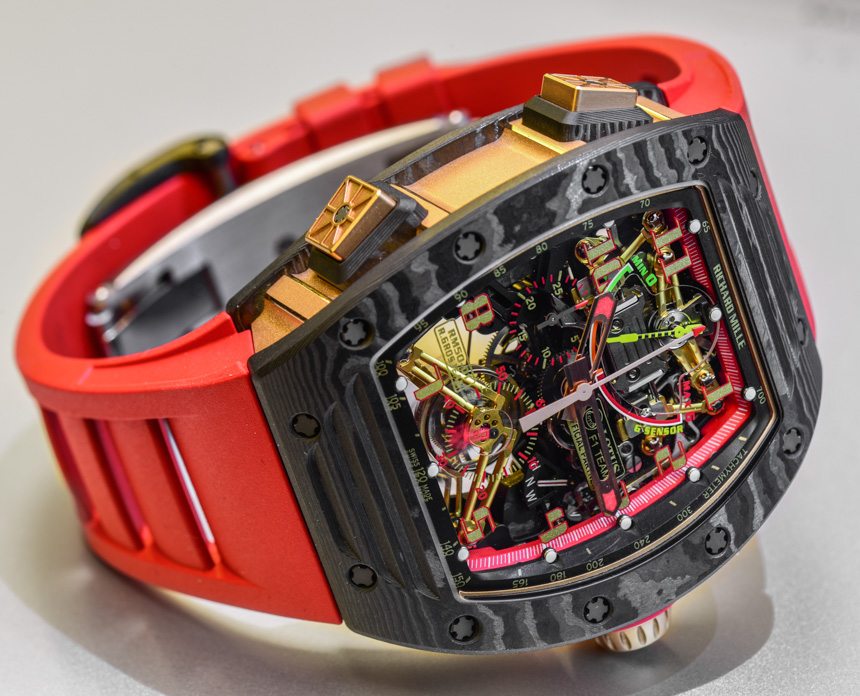
Parent companies and investors likely looked at the overall index of luxury product spending across the globe in order to feel confident there was enough money out there to afford the watches their brands were producing. Furthermore, the watch industry is full of mostly isolated examples of particular brands being successful at selling extremely high-end products to the world’s most elite customers. Thus, marketing and sales success among a relatively small group of brands (usually run by active and charismatic leaders) convinced others with less brand-leading acumen that similar results could be extracted by copying their formulas. For hundreds of years, particular lifestyle and luxury brands and artists have been able to extract premium prices in seeming contradiction of logic. What I mean to say is that there has always been a place for special luxury brands with an artistic lifestyle component that can sell an item as a true status symbol above and beyond the value of its mere utility and materials.

Watch brands seeking to earn enough to support their new size and likely high investor expectations boosted production and prices as techniques to boost profits. They sell/sold products wholesale to retailers who were promised continued sales success due to renewed and increased marketing efforts (as well as product relevance). This same era saw watches enter the realm of luxury fashion, with celebrity product placements, lifestyle event partnerships, and luxurious getaways for clients and VIPs. All of this was as part of an effort to boost the perceived value of watches in order to support higher prices. What many watch brands are now seeing is that despite the added-value of in-house-made movements, the timepiece market is too crowded and competitive for their products to achieve the higher prices they need.
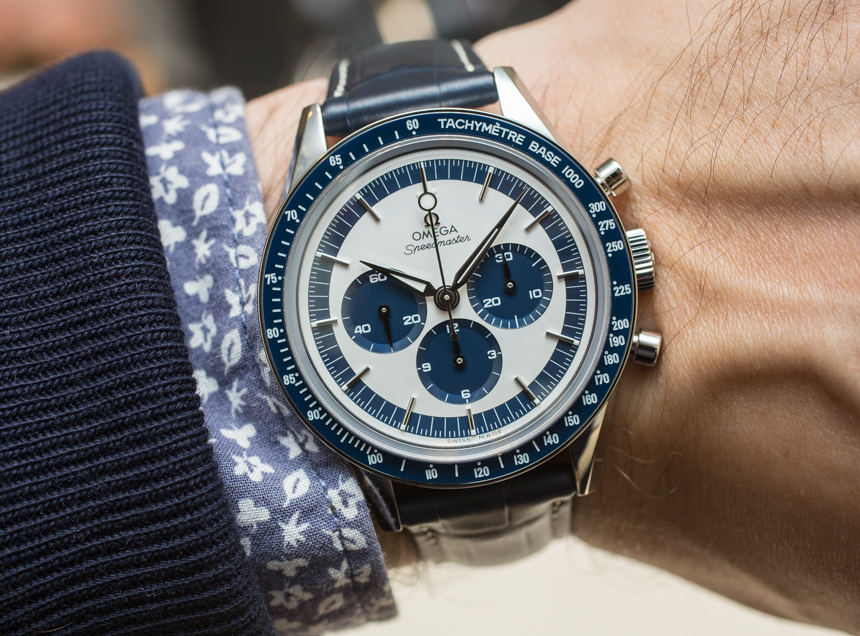
What they don’t realize is that to a large degree this has alienated the consumers they once relied upon. The same consumer that could afford a $2,000 watch was in many instances not willing or able to buy a $5,000 – $8,000 watch. This meant that in addition to having to justify higher prices to its existing customers, watch brands needed to justify its prices to a brand new group of customers. Customer alienation was the logical result of price increases, but difficult to perceive. One of the major problems was that while the price of a watch brand’s average product changed, rarely did the core personality of the brand. That means the product more or less appealed to the same or similar type of consumer, but now at an often unbearably high price.
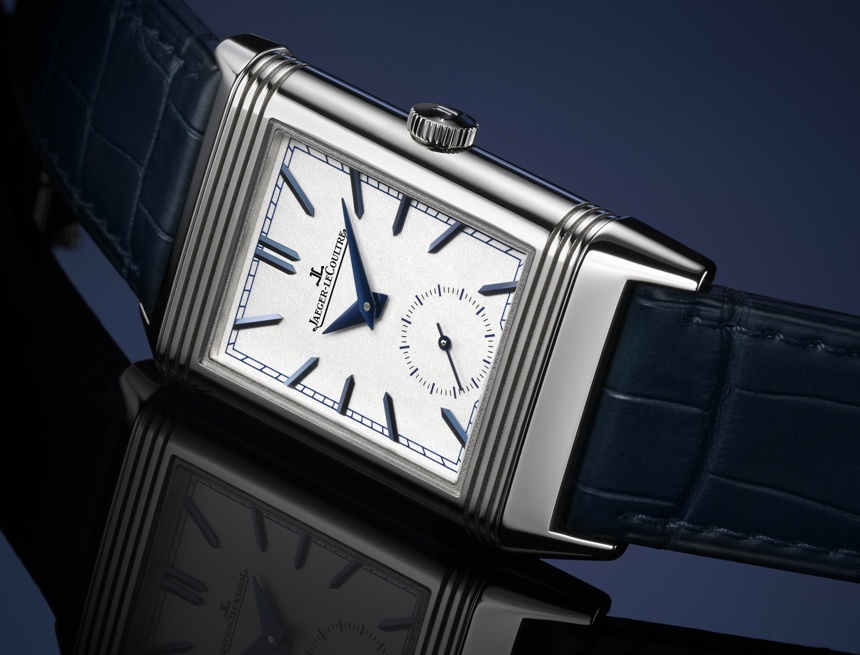
Moreover, too many watch brands sought to position themselves as exclusive luxury goods for the wealthy elite. Almost by definition achieving this position is difficult and there are always limitations on the number of true luxury brands that any given market will accept. Another way of saying this is that for an exclusive luxury product to actually be valuable, it actually has to be exclusive – or the system of value breaks.

